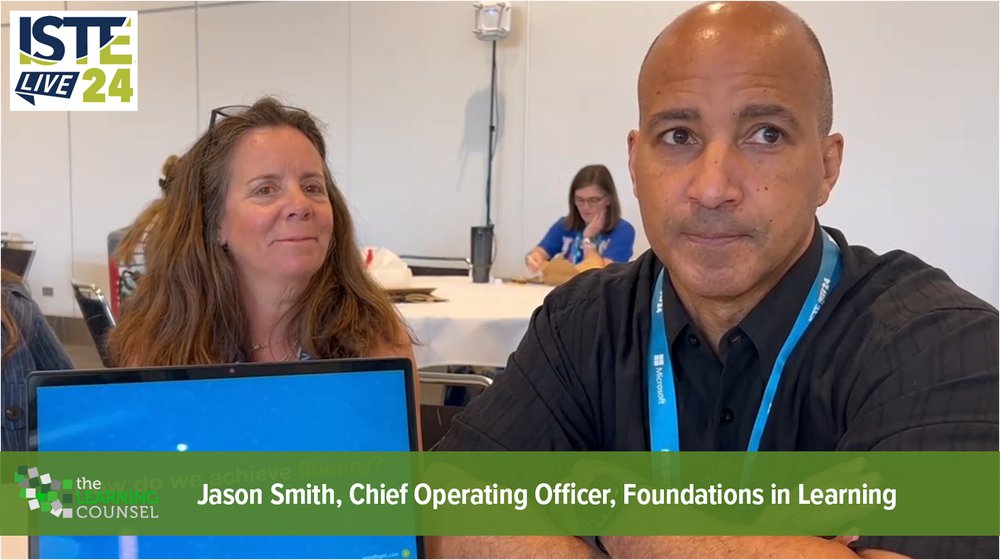At the ISTELive 24 conference, LeiLani Cauthen, CEO of the Learning Counsel, interviewed Jason Smith, COO of Foundations in Learning, to delve into their innovative reading program, WordFlight. The conversation highlighted the critical need to address reading fluency and comprehension challenges faced by students today.
Jason Smith began by introducing the WordFlight program, a culmination of decades of research and development by two dedicated reading researchers. "I'm here to share with you the WordFlight program. I represent two reading researchers and developers who've been working in this space for the last, well, 30 or 40 years," he stated. Over the past 20 years, these researchers have concentrated on the pivotal transition students must make from phonics to becoming fluent readers who can comprehend text effectively.
Smith highlighted a troubling statistic: two-thirds of students are not proficient in reading. "Perhaps 50% of those students struggle with the basic reading skills necessary to get to fluency, get to comprehension," he explained. The core mission of WordFlight is to help students develop the automatic word recognition skills essential for achieving reading fluency. Without this crucial step, students struggle to transition from decoding words to understanding and enjoying what they read.
The focus of WordFlight is clear—helping students develop automatic word recognition. "If students don't develop the automatic word recognition that they need in order to get to fluency, they'll never make that transition," Smith emphasized. This need for focused development is critical, given the large percentage of students who have difficulty moving from phonics to fluency.
Cauthen then steered the conversation towards a significant demographic in American schools: English language learners (ELLs). With students coming from around 200 different language backgrounds, the challenge for educators is immense. "Lemme just ask you, were you thinking when you did this that there might be a possibility? We have a lot of young people now in America that they are English language learners," she asked.
Smith acknowledged the importance of supporting ELLs with the WordFlight program. "When you're making this, were you thinking, I gotta take a load off of some of these teachers?" he reflected. The program was indeed designed with the intent to ease the burden on teachers, who are often overwhelmed by the diverse needs of their students. By providing a tool that helps bridge the gap between phonics and fluency, WordFlight aims to make a significant impact in classrooms with high numbers of ELLs.
Smith's response underlined the dual focus of WordFlight: improving student outcomes and supporting educators. "Yes, okay. So when you're making this, were you thinking, I gotta take a load off of some of these teachers?" he reiterated. The program is crafted not just to enhance student literacy but also to streamline the teaching process, making it more manageable for educators who are juggling multiple challenges.
The interview at ISTE '24 with Jason Smith provided a comprehensive look at the WordFlight program and its potential to transform reading education. By addressing the critical transition from phonics to fluency, WordFlight aims to improve reading proficiency among students, particularly those who face the greatest challenges. The program also seeks to support educators by providing them with effective tools to enhance literacy instruction. As schools continue to navigate the complexities of diverse student populations, initiatives like WordFlight offer hope for more equitable and effective education.
Tune in below to see the whole interview.











